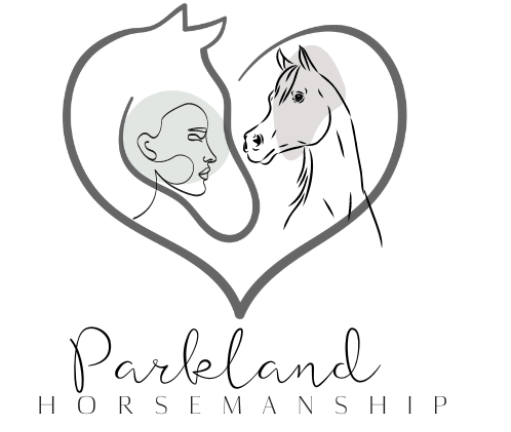Fostering trust between horse and handler is crucial. Maintaining consistent training sessions also plays a pivotal role.
Establishing a clear, consistent training plan with your trainer can help overcome some of these hurdles. Also incorporating different exercises into the routine will keep training enjoyable for the horse.
1. Identify the Cause
Horses often exhibit behavioral issues when their training or handling techniques are ineffective. Some examples include refusal to follow commands, bucking and biting behaviors – these problems often stemming from motivation and fears in the horse itself.
Horse resistance can often be understood as the horse trying to protect itself or escape from pressure and anguish it feels, by resisting a command they don’t understand or trying to avoid feeling. Therefore, it is vital that training horses be performed gradually with constant positive reinforcement and light pressure so they do not learn how to respond only in ways which provide temporary relief rather than learning something constructive and worthwhile.
Fear and confusion among horses is often due to misinterpreting trainer verbal or physical cues or due to previous bad experiences or environments they find themselves in at the time. Desensitization and clicker training techniques can help resolve this problem by rewarding desired responses while teaching horses what’s expected of them.
2. Identify the Solution
Training horses can be frustrating, particularly if you have invested both time and money into its development but still can’t seem to make progress. However, innovative solutions exist that can help overcome any training obstacles while building stronger bonds with your horse.
Some horses can be easily startled by objects around them and fearful of them; this flight animal instinct may be set off by something as innocuous as a jacket on a fence or chair left outside the ring, which the rider then responds to by tightening fists, stiffening backs or holding their breath while yelling or holding back breath – only compounding their anxiety further and leading to more behavior such as bucking, biting and rolling from their mounts.
Other problems stem from miscommunication of training signals or overestimation of cognitive ability resulting in unclear and inconsistent training cues for horses. These issues can be addressed using techniques such as desensitization, calm communication and consistency to address these challenges.
3. Start Small
Training horses is an arduous, all-consuming job that demands both patience and time. Before venturing on your own as a trainer, it would be wise to spend three to five years working under an established trainer in order to gain valuable experience and build essential skill sets necessary for success.
When dealing with horses that refuse your requests, be willing to check your ego at the barn door and work towards improving your communication skills in order to make training enjoyable for both of you. Set achievable goals and celebrate each milestone.
Innovative training techniques can help you overcome your horse’s challenges and form a life-long partnership. For more information, check out Charlotte’s eBook The Art of Being a Horse Trainer; it provides new and seasoned trainers alike with guidance for improving training techniques with more confidence and clarity – click here now and download your copy today!
4. Don’t Give Up
At times of training difficulty, it can be difficult to persevere despite your best intentions; but it is vitally important not to give up. Now is the time to put aside any ego issues, seek professional assistance from trainers, be open-minded about new approaches, be kind towards your horse, and work each day one at a time.
Horse training can often be frustrating for both horse and rider. But by keeping an open mind and trying different training techniques, you can overcome your horse training obstacles while creating a stronger bond between horse and rider. Engaged horses are more productive during sessions; thus ensuring a more rewarding process overall. Watch our video above for some common training obstacles and their solutions as well as sign up for our newsletter so we can share more innovative ways of training them!

